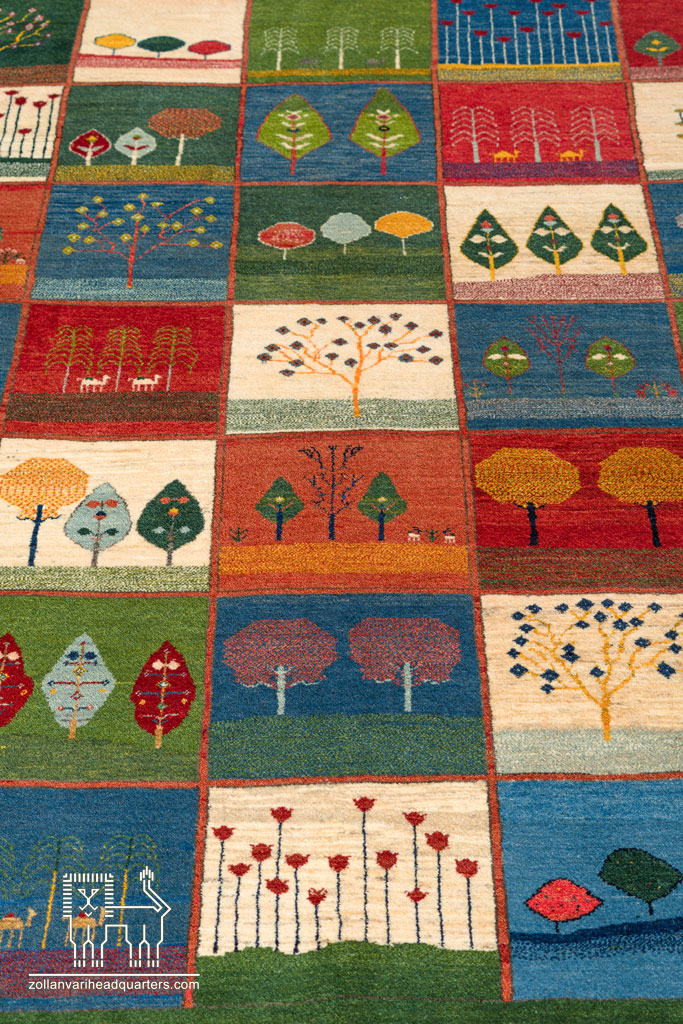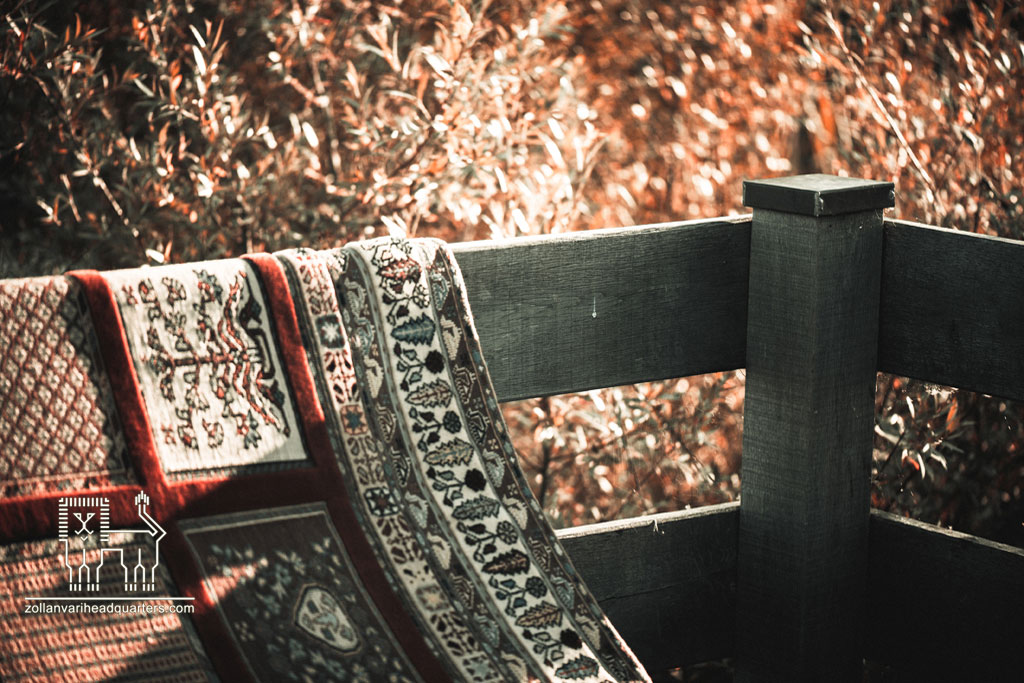Handwoven Rugs: A Treasure of Iran’s History and Culture
The Role of Motifs in Handwoven Rugs | Understanding the origin of rug designs and the meaning of their symbols helps us interpret the patterns of authentic Iranian rugs more accurately and easily. These designs not only represent the beauty and artistry of Iranian weavers but also encapsulate the cultural and historical stories of different regions of the country. In the past, each rug design was specifically linked to its country, city, village, or tribe, reflecting the identity and characteristics of that area. However, with the expansion of the rug trade in the twentieth century and the endless variety of designs, pinpointing the exact origin of rugs has become challenging. Nevertheless, older rugs can still serve as treasures of history and culture. Generally, a rug’s design includes three main components: the unit, the repetition, and the arrangement method. These elements allow us to interpret rugs both in a curved and linear manner. In the following article from the Zollanvari website, we will discuss more about the motifs of handwoven carpets.
Symbols in Handwoven Rugs: Timeless Works
The design techniques of Iranian handwoven rugs, with a history spanning thousands of years, have been passed down as a valuable cultural heritage from generation to generation. These designs not only showcase the artistry and personal taste of the weavers but also depict the culture and history of specific regions. The weaving of rugs in Iran is never repetitive due to the diversity of raw materials and techniques, making every rug unique in design and color. Sheep wool, as a primary and widely used material, provides artists with natural and varied colors to display their creativity. Rugs woven in different villages and cities not only offer beauty but also reflect the deep beliefs and traditions of the weavers. Each tribe and ethnic group uses specific symbols and patterns in their rug designs. This art form not only serves as a source of income for many families but also acts as a means of preserving and transmitting Iranian culture and art to future generations. Iranian handwoven rugs, as valuable commodities, are offered in global markets and symbolize Iran’s rich cultural and artistic diversity.

How Are Handwoven Rug Designs Created?
When we think about the design of handwoven rugs, it is clear that this aspect is of special importance in the rug weaving industry. A rug design is not only a guide for the weaver but also represents the soul of the piece. Without a proper and precise design, even the most skilled weavers cannot create a high-quality rug. The design serves as the foundation, providing a detailed and cohesive pattern for the weaver to follow. This is so significant that traditional roles such as design drafting have emerged, dedicated to creating beautiful and diverse patterns. Additionally, technological advancements and specialized software have made it easier to design new and creative patterns. These tools help weavers produce their works with greater accuracy and beauty, adding value to their products. Thus, the design of handwoven rugs is not only a working tool but also a key element in preserving and enhancing the art of rug weaving.
Conclusion
Motifs in handwoven rugs are of great importance as they represent the history and culture of Iran. These patterns not only add beauty but also reflect the identity and characteristics of various regions. However, the expansion of the rug trade and the variety of designs have made it difficult to determine the exact origin of rugs. The design of a rug includes three main components that aid in interpreting the patterns. To explore different motifs of handwoven rugs, you can visit the Zollanvari website. A simple search will reveal a world of diverse designs and colors.


Write a Comment